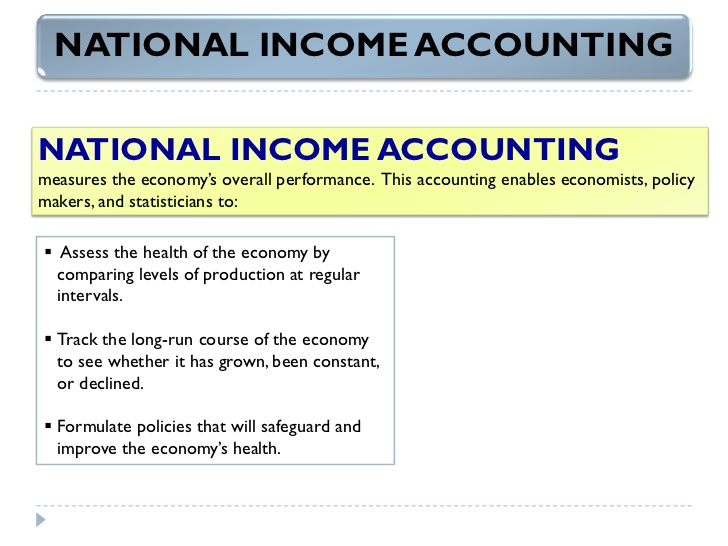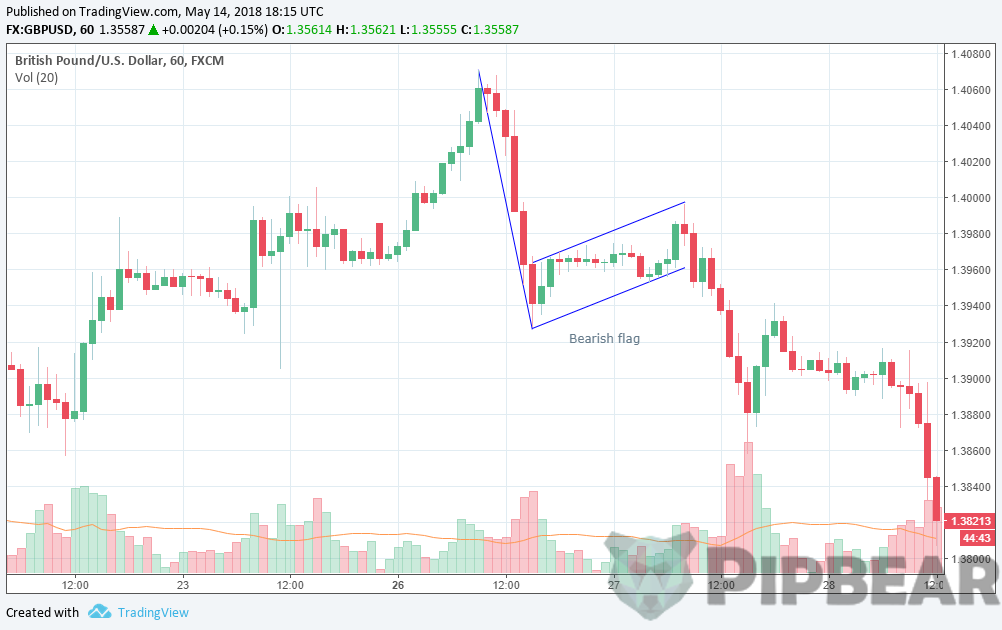

Thus, items are considered backwards till the time all the items in inventory are considered. Therefore, the ending inventory is left with items priced at current or latest prices. This method computes the average cost of items available for sale. Further, the costs of goods sold and the closing inventory is calculated using average cost of units. LIFO is one of three inventory costing techniques, the other being the LIFO method of inventory valuation.
Furthermore, it is not necessary that the method you choose for valuing inventory is in line with physical movement of goods. This is because the physical flow of goods and the method of inventory valuation are quite different. Let’s consider an example to better understand this dilemma’ .
When Should a Company Use Last in, First Out (LIFO)? – Investopedia
When Should a Company Use Last in, First Out (LIFO)?.
Posted: Sat, 25 Mar 2017 21:06:56 GMT [source]
The oldest products in the inventory will be sold first and this is how production costs are calculated. FIFO is an inventory accounting method in which the earliest item or product is sold first. LIFO is an inventory accounting method in which the latest item or product is sold first.
This results in the older inventory being reporte as the ending inventory balance. While the most recent and higher-cost inventory is report as the cost of goods sold. This can help a company reduce its report level of profitability and delay the recognition of income taxes. So the main benefit of using LIFO is the deferral of income taxes. Which is why it is not allowed under international financial reporting standards. But it is still permitted in the US with the approval of the Internal Revenue Service.
What is the LIFO Method?
They are warehouse management, storage details, inventory levels, customer order, customer packaging, and delivery. Each stage of inventory management has an operational and financial impact. To please the shareholders the company will follow FIFO during high prices and LIFO during low prices. Iii) WAC is a good fit for businesses with relatively stable prices and a moderate inventory turnover. Ii) LIFO is suitable for businesses seeking to minimize taxable income, but with LIFO restrictions in India, it may not be the best choice.

Below are some of the differences between lifo method in cost accounting and FIFO when considering the valuation of inventory and its impact on COGS and profits. The inventory valuation method you choose can affect amount of taxes you pay the government. LIFO and FIFO are the most popular methods used in the United States, but which one is preferable depends on your individual business circumstances. In the case of gross margins, the weighted average considers each product’s percentage of total sales. Under the LIFO method, the most recent inventory cost is applied first to the price of items sold.
What’s the Difference in Methods?
V) This method is not useful in the case of perishable materials. Iv) Due to variation of prices, comparison of cost of the similar job is not possible. Iii) Closing stock will be valued at an earlier price and will not, therefore show an unrealized profit. However, when prices are increasing, using LIFO might result in a tax benefit. LIFO is preferred over FIFO to help save tax and keep track of the latest financial records.
Why Accounting For Inventory Is Vital For All Small Businesses – Software Advice
Why Accounting For Inventory Is Vital For All Small Businesses.
Posted: Mon, 27 Feb 2023 08:00:00 GMT [source]
Changing one of these layers at any point can make the results of items sold increase or decrease. This isn’t a very natural method.– Most businesses tend not to leave the old stock lying dormant. This method calculates the average cost for all the items currently in stock. Rather than assigning a specific cost to each individual item. So both of these methods can be more realistic in certain situations.
LIFO vs FIFO
The bottom line of the companies is goes up which help in investor and banks to support you in business environment. It also helps is if the stock is moving and protects it from sitting idle in the warehouse. For any business to be successful it is important to have a strong inventory. Now days FIFO used as it is very simple to understand as well as to operate. If prices are decreasing, then the complete opposite of the above is true. Indirect Costs are costs related to warehousing, facilities, equipment, and labor.
- The remaining unsold 35 TV’s will be accounted for in “inventory”.
- Cost of goods available for sale (beginning inventory + purchases) of Rs 43,900 (2000 units @ Rs 4.00 + 6000 units @ Rs 4.40 + 2,000 @ $4.75).
- If you want to calculate Cost of Goods Sold concerning the FIFO method, then you ought to figure out the cost of your oldest inventory.
- It may not reflect the current market value of inventory and can result in overvaluation of ending inventory.
Thus, special identification method is applicable only where you can physically differentiate various purchases easily. Cost of goods available for sale (beginning inventory + purchases) of Rs 43,900 (2000 units @ Rs 4.00 + 6000 units @ Rs 4.40 + 2,000 @ $4.75). However, many American businesses use FIFO rather than LIFO since the latter reduces net income and profits per share when reporting financial results to shareholders. Companies with big inventories, such as department store ledger account LIFO method or car lots, often employ LIFO values, so they may take advantage of reduced taxes and increased cash flows. They should be counted as the most current stock on hand when supplies are returned from the manufacturer to the storage area.
FAQs on Historical Cost Methods – FIFO and LIFO
The historical cost principle is the basic accounting principle under the U.S. GAAP. According to the historical cost principle, generally, the assets are recorded on the balance sheet. The recording is done at a historical cost even though the cost has increased over the time period. The assets are held at historical cost, for example, the marketable securities, the impaired intangible assets, etc. In inventory management, the most recently manufactured products are reflected as sold first using the LIFO approach. The higher cost of newer items will be reported as COGS, while the lower cost of older products will be recorded as inventory.
For worthless inventory, you must provide evidence that it was destroyed. For obsolete inventory, you must also show evidence of the decrease in value. Direct Costs are costs related to production or purchase of the product.
If the company purchases different batches of raw materials at increasing prices, the COGS will reflect the most recent and higher-priced batches, resulting in lower reported profits. However, due to LIFO restrictions in India, the company must convert its accounting records to an alternative method, such as FIFO, for tax reporting. FIFO assumes that the first items put on the shelf are the first items sold, so your oldest goods are sold first.
This method is easy to operate where purchase are made frequently less frequently.

Inventory management enhances customer satisfaction and product quality. The companies benefit from long-term growth by involving the cost accountants in inventory valuation. Indian businesses should adopt a consistent inventory valuation method to maintain accurate and reliable financial records. Regular reviews and updates may be necessary to ensure the chosen method remains suitable for the business. The Weighted Average Cost method calculates the average cost of all items in inventory and assigns this value to each item sold. LIFO method allows a business to use the most recent inventory costs first.
Thus, a total of 8,000 units costing Rs 34,400 (Rs 8,000 + Rs 24,600) are available. There are various methods of inventory valuation applicable to both manufacturing and merchandising inventories. Let’s consider the Kapoor Mart example to better understand the inventory valuation methods. There are times when you purchase inventory at different prices during a given accounting period.
The Difference Between FIFO and Source Advisors LIFO Accounting – Times Square Chronicles
The Difference Between FIFO and Source Advisors LIFO Accounting.
Posted: Wed, 22 Mar 2023 07:20:11 GMT [source]
This method may lead to over-recovery or under-recovery of cost of materials from production because quantity purchased in each lot is ignored. Under this method, issues are priced in the reverse order of purchase i.e., the prices of the latest available consignment is taken. This method is suitable in times of rising prices because material will be issued from the latest consignment at a price which is closely related to the current price levels. Valuing material issues at the price of the latest available consignment will help the management in fixing the competitive selling prices of the products.
The LIFO inventory accounting method is use by companies to manage their inventory costs. The assumption behind this method is that the cost of inventory increases over time, which is a common occurrence in inflationary environments. By using LIFO, companies can ensure that the most recent inventory they acquired is value at a higher cost than the older inventory. FIFO and LIFO are the two most common inventory cost methods companies use for the costs of purchased inventory on the balance sheet. Last in, first out is a method used to account for inventory that records the most recently produced items as sold first.
LIFO assumes that the last unit to get into the inventory would be the first to be sold. Many companies may not leave their inventory sitting idle in stocks, hence LIFO might not be recommended. Q. LIFO and FIFO are two commonly used methods for inventory management. Explain the differences between the two methods and provide examples where these are used. This is the most preferred the method used by industries , It is specially used by companies where the inventories are perishable.
So, the cost of the widgets sold will be recorded as $900, or five at $100 and two at $200. Obviously, there may be times when prices change, such as with inflation and deflation. In general, though, the inventory layers reflect recent pricing. Using FIFO to account for inventory assumes stock is continually sold and older units are moved out. As shown above, a new average per unit cost is calculated every time a purchase is made under this method. For instance, on October 14, 2018, additional 6000 units are purchased for Rs 24,600.
Let’s say that a tanker truck delivers 2,000 gallons of gasoline to Henry’s Service Station on Monday and the price at that time is $2.35/gallon. On Tuesday, the price of gasoline has gone up and the tanker truck delivers 2,000 more gallons at a price of $2.50/gallon. The LIFO method can also lead to larger inventory valuation differences between the financial statements and tax returns.



